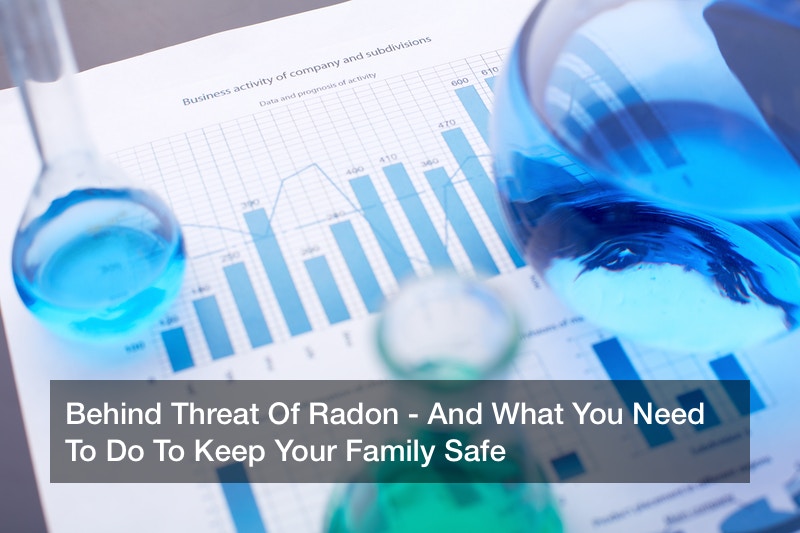
The threat of radon is higher here in the United States than you might think, of this there is no doubt. For a great many people, however, knowledge surrounding radon and radon exposure is far too low, something that is likely to put many at risk at the end of the day. After all, up to one home out of every fifteen already has radon levels so high that they meet – or even exceed – the action level that has been set by the Environmental Protection Agency. In addition to this, up to one third of homes have this level of radon across as many as seven entire states. Up to three Native American reservations include homes with this likelihood of radon levels as well.
But what does it mean to have a home with high levels of radon? Unfortunately, most people don’t really know. Sadly, however, the impact of living in a home with a high level of radon can be serious, even severe. After all, living in a home with radon at or above the action level can expose you to up to 35 times the amount of radiation you’d come into contact with even if you were standing at the fence of a radioactive waste site. This just goes to show how powerful radon can be.
What’s the long term result of this? For far too many people, continuous radon exposure – or exposure to climbing levels of radon – can and will result in lung cancer. In fact, your chances of contracting lung cancer actually go up by as much as a full 16% when the radon in your home increases by 100 Bq/m. Already, radon causes more cases of lung cancer in the United States than just about anything else, save for smoking and the usage of tobacco products. Radon exposure, therefore, leads to as many as 20,000 lung cancer deaths over the course of just one single year. As lung cancer is often not diagnosed until in a later stage of the progression of the disease, it can be difficult to manage as all-encompassingly as it might have been had it been diagnosed at an earlier stage. Unfortunately, this often means that lung cancer is less treatable and more likely to end in death.
But just because radon is dangerous does not mean that you cannot mitigate your risks. Fortunately, residential radon testing companies have become more widespread than ever before. The residential radon testing service in your area can help you to identify if radon is a problem in your home, if it is something that you should be actively worrying about. After all, residential radon testing services help to identify radon when you can’t, as radon is not only impossible to see with the naked eye, but odorless and tasteless as well.
When you hire a residential radon testing company, the residential radon testing contractor in question is likely to use one of two types of radon test when conducting residential radon testing and inspection in your home. Short term tests are very common, lasting as many as 90 days before needing to be replaced. In some cases, a short term test will only be utilized for a mere 2 days, though this will vary from residential radon testing company to situation and back again. If a long term test is needed, that too can be utilized for residential radon testing, and this long term test can last longer than that 90 day period of time.
And if residential radon testing services find high levels of radon in your home, radon mitigation services can help you to reduce these levels and bring them back to a point of safety. Radon mitigation services can easily lower the levels of radon even through passive measures of mitigation. As a matter of fact, radon abatement of as much as 50% can occur even just through these passive methods. And when radon levels need to be lowered even more, something like a radon ventilation fan can be brought into play, something that any radon abatement company will have access to.
